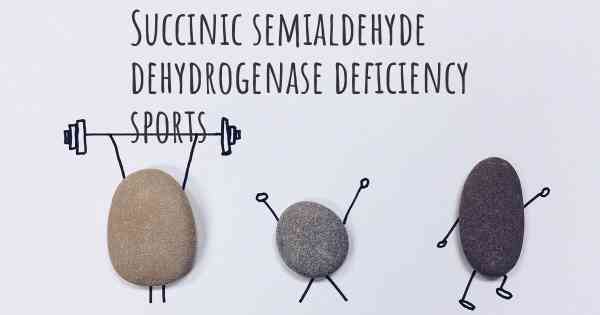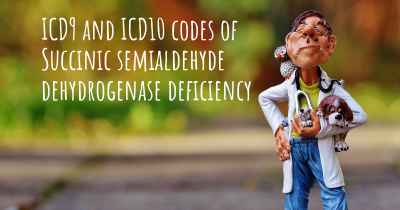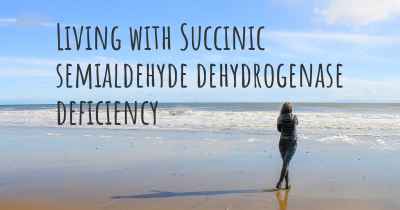Is it advisable to do exercise when affected by Succinic semialdehyde dehydrogenase deficiency? Which activities would you suggest and how intense should they be?
See if it is advisable for people with Succinic semialdehyde dehydrogenase deficiency to practice sports and which ones are the most recommended if you have Succinic semialdehyde dehydrogenase deficiency

Succinic semialdehyde dehydrogenase deficiency (SSADH deficiency) is a rare genetic disorder that affects the metabolism of the neurotransmitter gamma-aminobutyric acid (GABA). This condition leads to a buildup of GABA and its byproduct, succinic semialdehyde, in the body. The symptoms of SSADH deficiency can vary widely, but they often include developmental delays, intellectual disability, seizures, and behavioral problems.
When it comes to exercise and physical activity, it is important to approach it with caution if you or someone you know has SSADH deficiency. While exercise can have numerous benefits for overall health and well-being, it is crucial to consider the individual's specific limitations and consult with a healthcare professional before starting any exercise program.
Benefits of Exercise for SSADH Deficiency:
Engaging in appropriate physical activities can offer several potential benefits for individuals with SSADH deficiency:
- Improved cardiovascular health: Regular exercise can help strengthen the heart and improve blood circulation, which is beneficial for overall cardiovascular health.
- Enhanced muscle strength and flexibility: Certain exercises can help improve muscle strength and flexibility, which can be particularly helpful for individuals with SSADH deficiency who may experience muscle weakness or stiffness.
- Weight management: Maintaining a healthy weight is important for overall health, and exercise can play a role in managing weight and preventing obesity.
- Mood enhancement: Exercise has been shown to release endorphins, which are natural mood boosters. This can be especially beneficial for individuals with SSADH deficiency who may experience mood disorders or behavioral problems.
Recommended Exercises for SSADH Deficiency:
When it comes to choosing appropriate exercises for individuals with SSADH deficiency, it is crucial to consider their specific limitations, abilities, and overall health. Here are some exercises that may be suitable:
- Low-impact aerobic exercises: Activities such as walking, swimming, or using an elliptical machine can provide cardiovascular benefits without putting excessive stress on the joints.
- Strength training: Light resistance exercises using resistance bands or light weights can help improve muscle strength and flexibility. It is important to start with low resistance and gradually increase as tolerated.
- Flexibility exercises: Stretching exercises can help improve flexibility and range of motion. Yoga or Pilates classes specifically designed for individuals with physical limitations may be beneficial.
- Breathing exercises: Deep breathing exercises, such as diaphragmatic breathing or pursed-lip breathing, can help promote relaxation and reduce anxiety or stress.
Exercise Intensity and Safety Considerations:
When it comes to exercise intensity, it is important to start slowly and gradually increase the duration and intensity of the activities. This allows the body to adapt and minimize the risk of injury or overexertion. Here are some important considerations:
- Listen to the body: Pay attention to any signs of fatigue, pain, or discomfort during exercise. It is important to stop or modify the activity if any adverse symptoms occur.
- Stay hydrated: Drink plenty of water before, during, and after exercise to prevent dehydration.
- Warm-up and cool-down: Begin each exercise session with a gentle warm-up to prepare the body for activity and end with a cool-down to gradually lower the heart rate and stretch the muscles.
- Seek professional guidance: Working with a qualified healthcare professional, such as a physical therapist or exercise physiologist, can help develop a safe and effective exercise program tailored to the individual's specific needs and abilities.
Conclusion:
While exercise can offer numerous benefits for individuals with SSADH deficiency, it is crucial to approach it with caution and consider the individual's specific limitations and overall health. Consulting with a healthcare professional is essential to develop a safe and appropriate exercise program. By choosing suitable exercises, starting slowly, and listening to the body, individuals with SSADH deficiency can potentially enjoy the physical and mental benefits of regular physical activity.








